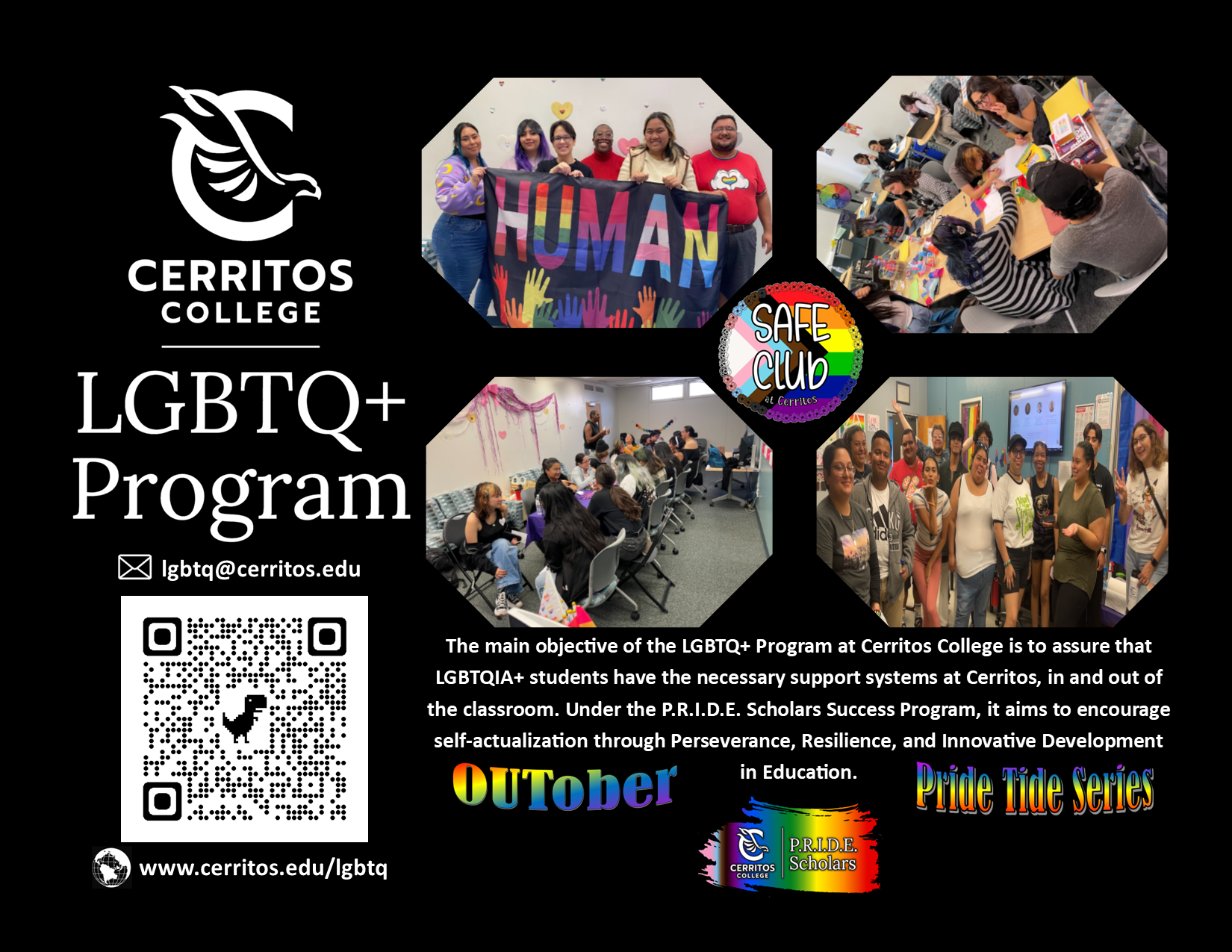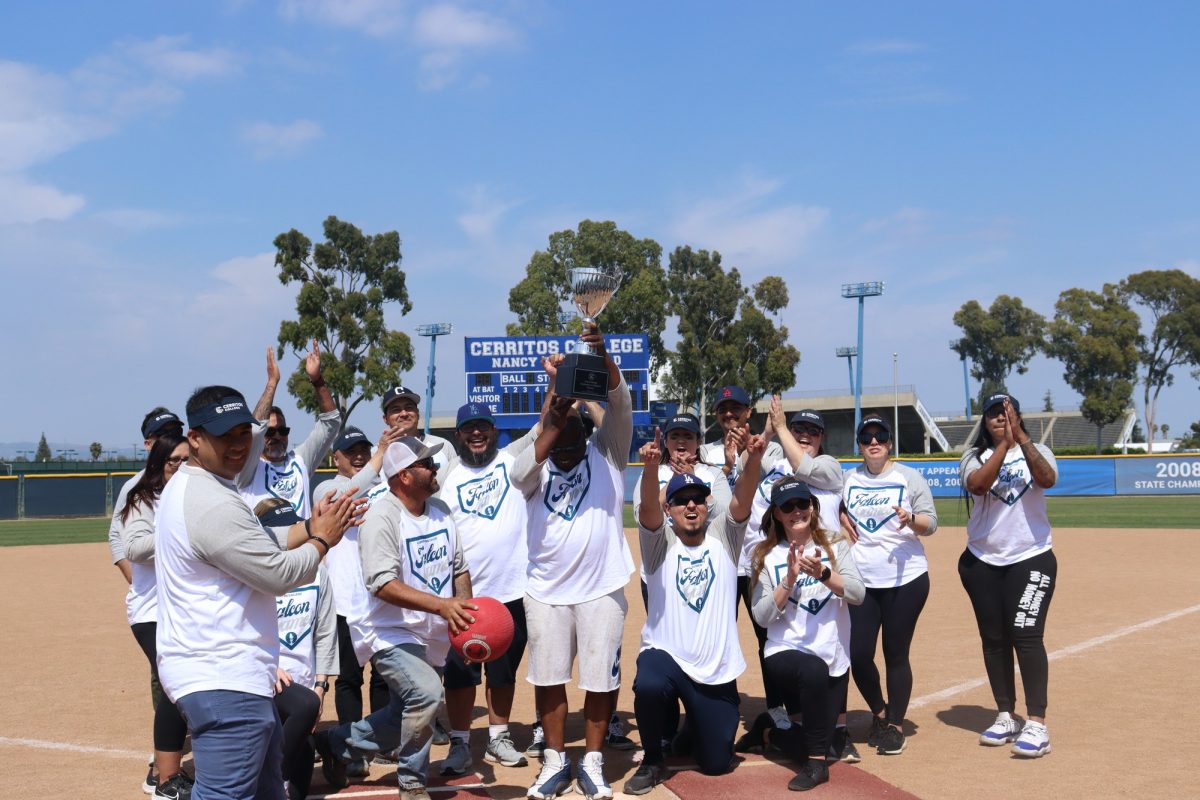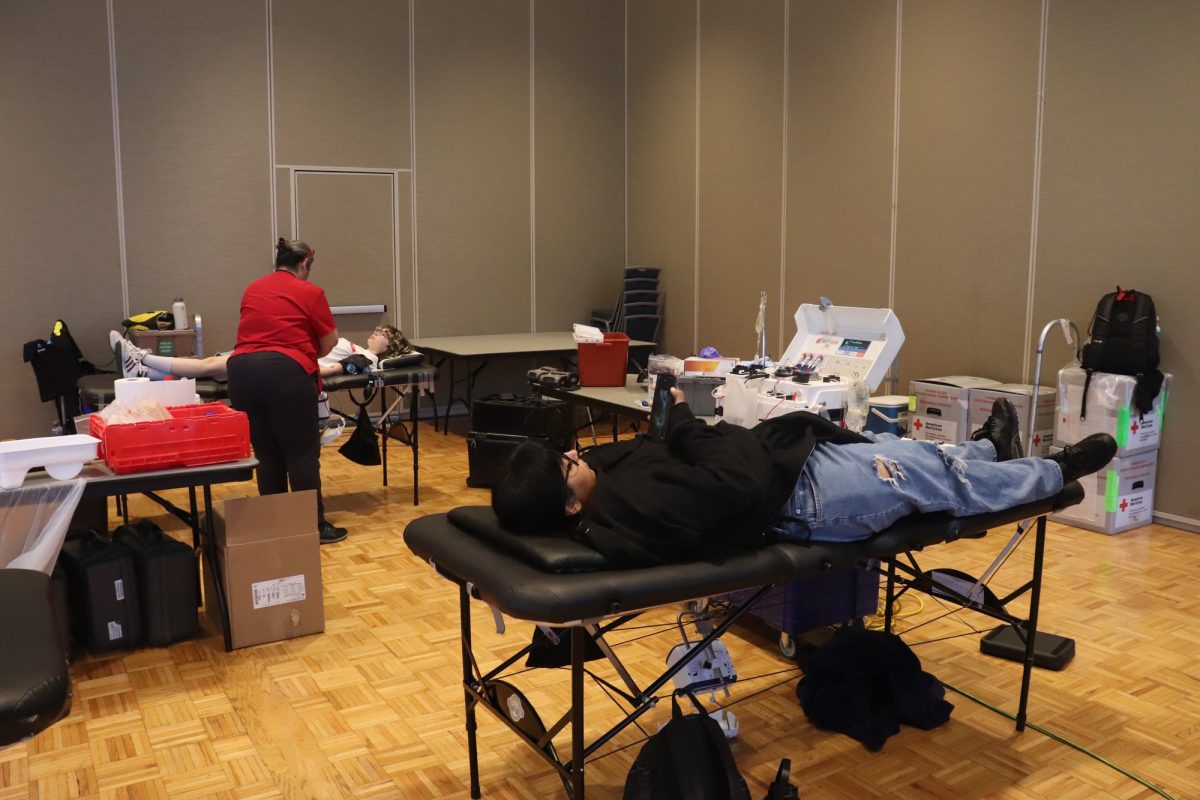1850 – The first women’s rights convention is held in Seneca Falls, New York. At this convention, the Declaration of Grievances is signed. The declaration was created to set an agenda for women’s rights.
1869 – The first National Women’s Rights Convention takes place in Worcester, Mass., attracting more than 1,000 participants.
May – Susan B. Anthony and Elizabeth Cady Stanton form the National Woman Suffrage Association.
Nov. – Lucy Stone, Henry Blackwell, and others form the American Woman Suffrage Association.
Dec. 10 – The territory of Wyoming passes the first women’s suffrage law.
1890 – The National Women Suffrage Association and the American Women Suffrage Association merge to form the National American Woman Suffrage Association (NAWSA).
1893 – Colorado is the first state to adopt an amendment granting women the right to vote.
1896 – The National Association of Colored Women is formed.
1903 – The National Women’s Trade Union League (WTUL) is established.
1913 – Alice Paul and Lucy Burns form the Congressional Union to work toward the passage of a federal amendment to give women the vote.
1916 – Margaret Sanger opens the first U.S. birth-control clinic in Brooklyn, N.Y.
1919 – The federal woman suffrage amendment, originally written by Susan B. Anthony and introduced in Congress in 1878, is passed by the House of Representatives and the Senate.
1920 – The Women’s Bureau of the Department of Labor is formed.
Aug. 26 – The 19th Amendment to the Constitution, granting women the right to vote, is signed into law by Secretary of State Bainbridge Colby.
1921 – Margaret Sanger founds the American Birth Control League.
1935 – Mary McLeod Bethune organizes the National Council of Negro Women.
1936 – The federal law prohibiting the dissemination of contraceptive information through the mail is modified and birth control information is no longer classified as obscene.
1955 – The Daughters of Bilitis (DOB), the first lesbian organization in the United States, is founded.
1960 – The Food and Drug Administration approves birth control pills.
1961 – President John Kennedy establishes the President’s Commission on the Status of Women and appoints Eleanor Roosevelt as chairwoman.
1963 – Betty Friedan publishes her highly influential book The Feminine Mystique, which describes the dissatisfaction felt by middle-class American housewives with the narrow role imposed on them by society.
June 10 – Congress passes the Equal Pay Act.
1964 – Title VII of the Civil Rights Act bars discrimination in employment on the basis of race and sex.
1965 – In Griswold v. Connecticut, the Supreme Court strikes down the one remaining state law prohibiting the use of contraceptives by married couples.
1966 – The National Organization for Women (NOW) is founded by a group of feminists including Betty Friedan.
1967 – Executive Order 11375 expands President Lyndon Johnson’s affirmative action policy of 1965 to cover discrimination based on gender.
1968 – The EEOC rules that sex-segregated help wanted ads in newspapers are illegal.
1969 – California becomes the first state to adopt a “no fault” divorce law, which allows couples to divorce by mutual consent.
1970 – In Schultz v. Wheaton Glass Co., a U.S. Court of Appeals rules that jobs held by men and women need to be “substantially equal” but not “identical” to fall under the protection of the Equal Pay Act.
1971 – Ms. Magazine is first published as a sample insert in New York magazine; 300,000 copies are sold out in 8 days.
1972
Mar. 22 – The Equal Rights Amendment (ERA) is passed by Congress and sent to the states for ratification.
Also on Mar. 22 – In Eisenstadt v. Baird, the Supreme Court rules that the right to privacy includes an unmarried person’s right to use contraceptives.
June 23 – Title IX of the Education Amendments bans sex discrimination in schools. It states: “No person in the United States shall, on the basis of sex, be excluded from participation in, be denied the benefits of, or be subjected to discrimination under any educational program or activity receiving federal financial assistance.”
1973 – As a result of Roe v. Wade, the Supreme Court establishes a woman’s right to safe and legal abortion, overriding the anti-abortion laws of many states.
1974 – The Equal Credit Opportunity Act prohibits discrimination in consumer credit practices on the basis of sex, race, marital status, religion, national origin, age, or receipt of public assistance.
In Corning Glass Works v. Brennan, the U.S. Supreme Court rules that employers cannot justify paying women lower wages because that is what they traditionally received under the “going market rate.”
1976 – The first marital rape law is enacted in Nebraska, making it illegal for a husband to rape his wife.
1978 – The Pregnancy Discrimination Act bans employment discrimination against pregnant women.
1984 – EMILY’s List (Early Money Is Like Yeast) is established as a financial network for pro-choice Democratic women running for national political office.
1986 -Meritor Savings Bank v. Vinson, the Supreme Court finds that sexual harassment is a form of illegal job discrimination.
1992 – In Planned Parenthood v. Casey, the Supreme Court reaffirms the validity of a woman’s right to abortion under Roe v. Wade.
1994 – The Violence Against Women Act tightens federal penalties for sex offenders, funds services for victims of rape and domestic violence, and provides for special training of police officers.
1996 – In United States v. Virginia, the Supreme Court rules that the all-male Virginia Military School has to admit women in order to continue to receive public funding.
1999 – The Supreme Court rules in Kolstad v. American Dental Association that a woman can sue for punitive damages for sex discrimination if the anti-discrimination law was violated with malice or indifference to the law, even if that conduct was not especially severe.
2003 – In Nevada Department of Human Resources v. Hibbs, the Supreme Court rules that states can be sued in federal court for violations of the Family Leave Medical Act.
2005 – In Jackson v. Birmingham Board of Education, the Supreme Court rules that Title IX, which prohibits discrimination based on sex, also inherently prohibits disciplining someone for complaining about sex-based discrimination.
2006 – The Supreme Court upholds the ban on the “partial-birth” abortion procedure.
2009 – President Obama signed the Lily Ledbetter Fair Pay Restoration Act, which allows victims of pay discrimination to file a complaint with the government against their employer within 180 days of their last paycheck.










